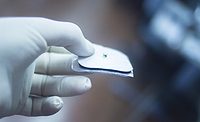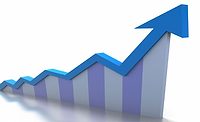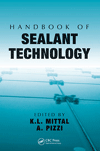Wearable Devices Market Represents “Goldmine” of Opportunity

The wearable devices space is the next goldmine of opportunity for sensor manufacturers as profits shrink in the smartphone and tablet segments, according to a recent report from Frost & Sullivan. In addition, the sensor landscape for wearable devices will gain a new dimension through the entry of software and hardware giants such as Google, Apple, Samsung, and Intel. According to “Wearable Electronics Enabled by Sensors,” the sensors market earned revenues of $108 million in 2014; this number is expected to catapult to $800 million in 2020.
“Rising average life expectancy and increasing awareness on health and fitness monitoring have fuelled the adoption of wearable devices,” said Sankara Narayanan, senior industry analyst. “In addition to clinical healthcare, medical, fitness and wellness applications, the wearables market is witnessing a series of new product launches, such as heads-up displays, smart watches, smart fabrics, wrist bands, and glasses that are used across various consumer, industrial, and other verticals. As the need to collect various physiological data and quantified self-movement surges, wearables will incorporate more complex electronics and sensors.”
Since the wearable electronics ecosystem is complex, a combination of both hardware and software knowledge is required for companies to thrive in the industry. Many companies do not have the skill to design products from scratch. Further, the need to integrate a large number of sensors inside a wearable device poses serious problems in terms of battery life and time to market.
Sensor platforms, rather than sensor components, will play a critical role in wearable device innovation and shortening time to market. Sensor platform companies—with expertise in sensors, low-power processing, and wireless connectivity—can design solutions with the desired number of sensors while ensuring robust battery life and reduced power consumption.
For more information, visit www.sensors.frost.com.
Looking for a reprint of this article?
From high-res PDFs to custom plaques, order your copy today!








